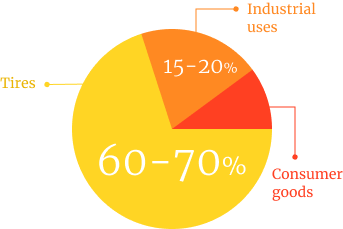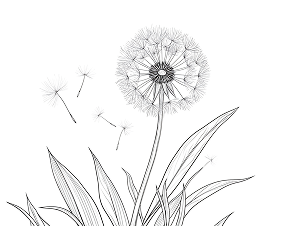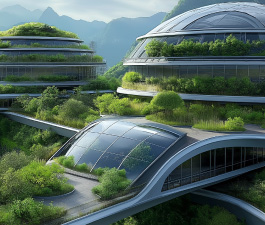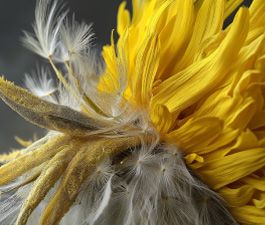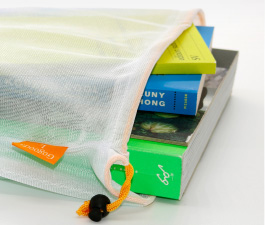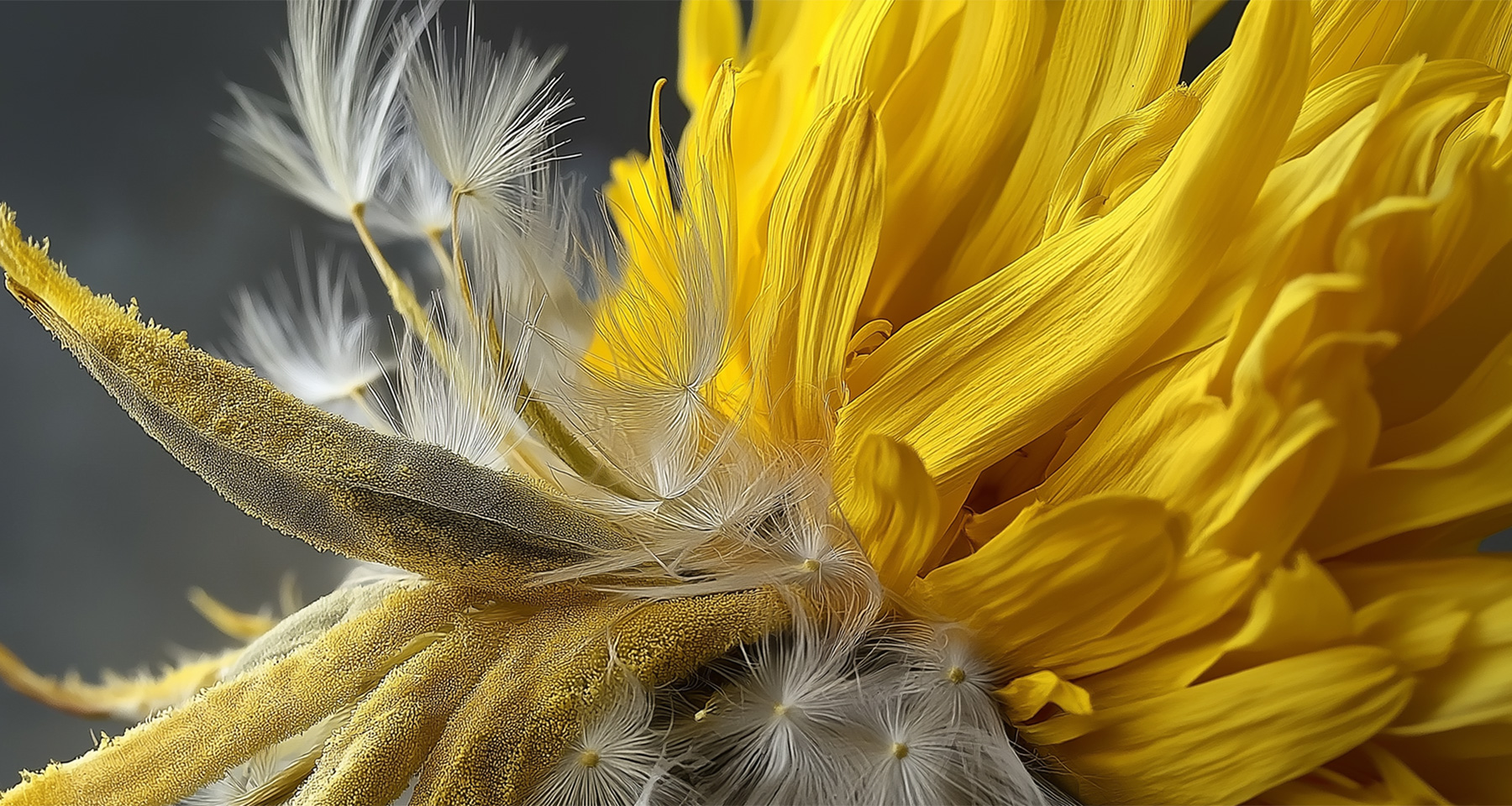
Where the Rubber Meets the Road
Rubber is a mainstay of our lives. Not only for our car culture, but for garden hoses, medical gloves, adhesives, footwear, seat cushions…just about every aspect of modern life.
January 2025
Where the Rubber Meets the Road
In the United States, dandelion is typically viewed as the scourge of well-manicured lawns. Yet dandelion (from the French, dent-de-lion, or lion’s tooth, due to the jagged shape of the leaves) is also a healing herb—and a natural source of rubber.
If you think about it, rubber is a mainstay of our lives. Not only for our car culture, but for garden hoses, medical gloves, adhesives, footwear, seat cushions...just about every aspect of modern life.
In terms of health and well-being, dandelion is one of the most versatile plants available. It contains vitamins A, B6, C, and K, as well as the minerals iron, calcium, magnesium and potassium. Natural health proponents call dandelion a “super herb” that can help detoxify the liver, aid in digestion, help prevent urinary problems, and improve bone health. Dandelion greens, sold in many natural food markets, can be added to salads for a nutritious health boost.
But as a lawn intruder, it’s an unwelcome weed that homeowners hire landscapers to remove or poison.

The dandelion principle
These are two radically different perspectives.
Dandelion’s embedded environmental message seems to be: if we can stop “living for the lawn,” focused only on external symbols of success, we can better appreciate Nature’s bounty and how it can support us. We might call this the dandelion principle: what we perceive as toxic may be tonic when we make a subtle shift in how we see the world.
Now the humble dandelion is about to help humanity in a major new way.
Roll on down the highway
Necessity spurs innovation. With the primary United States rubber supply in Southeast Asia under twin threats of disease and increasing demand, scientists are shifting towards sustainable American sources—particularly the Taraxacum kok-saghyz (TK) dandelion and the guayule shrub.
In addition to being an edible weed that confers myriad health benefits, dandelions are an excellent source of latex. Have you ever broken a dandelion flower stem open? The milky white fluid that flows from the break and coagulates once exposed to air is latex. In other words: natural rubber. Developing a domestic natural rubber industry in the United States is crucial, as the country currently relies on imports for one hundred percent of its natural rubber supply.
The TK dandelion extraction process is promising. And, it’s a sustainable resource that can grow in temperate climates.
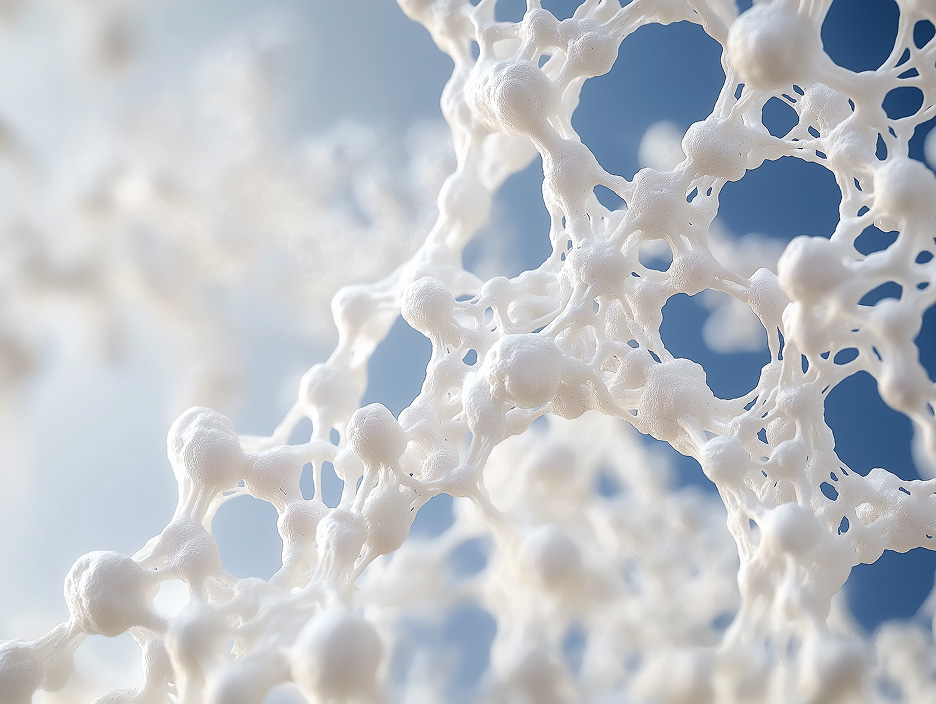
No bones about it
Aging is another area ripe for sustainable innovation. Across the globe, we’re living longer and healthier lives than ever before in human history. While dandelion is a biological powerhouse for bone health, digestion, urinary health, and a wealth of other issues that grow more urgent as we age, biological rubber is also a health necessity, says ethnobotanist Diana Beresford-Kroeger, whose pivotal work takes place at the nexus of the arts and sciences.
She explains how the “biological rubber” (chondroitin sulfate, one of the building blocks of cartilage) that keeps our skeleton functioning can be replaced, by eating “a good bowl of homemade soup made from bone broth. It has all the ingredients to stop the aches and pains in your knees, fingers, feet, hips, neck and back.”
Beresford-Kroeger advises balancing time spent with our devices with time spent in nature. “Walk into a pine forest; you’ll come out smarter,” she says. The biochemical aerosols pine trees release on warm days penetrate the human central nervous system, making us calmer, better able to focus and learn.
The essence of our humani-tree
Beresford-Kroeger is a voice for the environment, offering a unique perspective on the essential nature of trees and money. She maintains we've had it exactly backwards: money doesn’t grow on trees; trees are money. To attune to this sylvan symphony, we need to understand that, “Mother Nature produces wealth beyond all understanding, [using] the carbon standard rather than the gold one… Forests are the carbon reserves of nature, banked into a living system that multiples with its own wealth…
“The trees of the carbon castle are capable of laying down another framework for a green economy. It will be based on a global banking system that has been a blockbuster in the past, offering carbon credits to sustain our future.”
That’s a thinking point to ponder for days.
Crafting a sustainable future means caring for our bodies as well as the planetary body. Dandelion-based rubber is an innovation that weds technological creativity with Nature’s wisdom to build a road we can tread into a renewable future.
